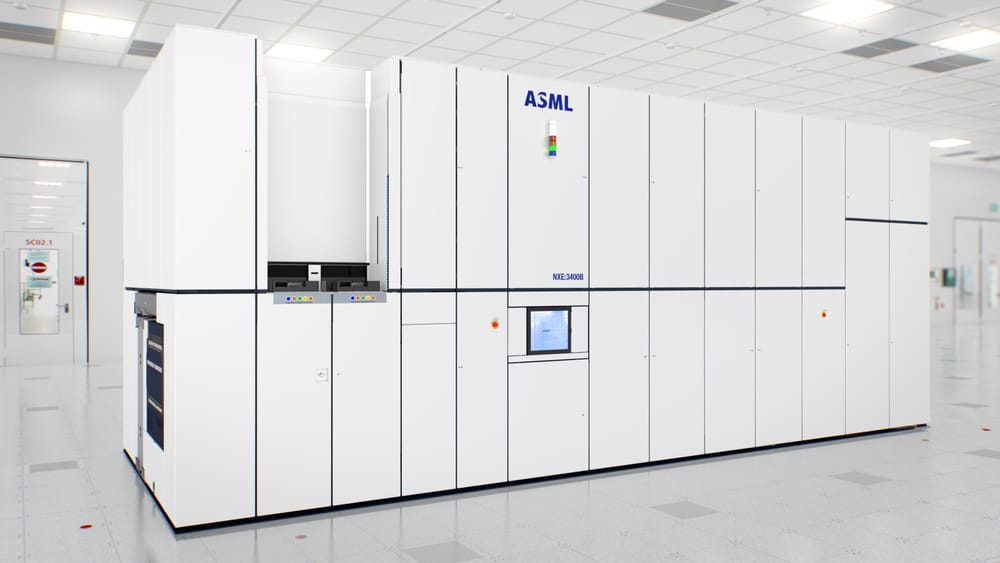EssilorLuxottica’s Q3: How AI Will Deepend the Moat
EssilorLuxottica’s best quarter since the merger shows momentum is real. Smart glasses, premium lenses, and a thriving retail engine turned Q3 into a breakthrough—suggesting the eyewear giant’s tech-infused growth story is just getting started.

EssilorLuxottica didn’t just post a hot quarter—it explained, in unusual detail, why the momentum looks built to last. The Ray-Ban and Oakley maker delivered its fastest growth since the 2018 merger, with third-quarter revenue up 11.7% at constant exchange rates and both wholesale (“Professional Solutions”) and retail (“Direct to Consumer”) advancing at a double-digit clip. North America rose 12.1%, EMEA 12.7% and Asia-Pacific 10.5%, while Latin America grew 5.2%. Currency devaluations shaved roughly five points off growth, leaving reported sales up 6.7%.
The growth engine started with wearables—and then pulled the rest of the machine with it. Management said smart glasses added “more than four percentage points” to group growth, a step-change helped by new models unveiled at Meta Connect (Ray-Ban Meta Gen 2, Oakley Vanguard and a higher-priced Meta Ray-Ban with an integrated display). The company is treating glasses as a “platform device,” with hardware that begets lens upgrades and, eventually, paid services.
The economics look better than a one-off gadget cycle. In EssilorLuxottica’s own stores, about 20% of smart-glasses buyers add prescription lenses; roughly a third opt for polarized; and 40%–50% choose Transitions—attachment rates that fatten margins and tie the category back to the core lens business. Management stressed that wearables are profitable in absolute terms today and that services—“the most obvious…is premium AI”—should add a second leg to profitability over time.
Retail execution is reinforcing the story. Same-store sales rose about 7% in the quarter, with LensCrafters and Sunglass Hut logging their best stretch of the year—each over 8%—and the first weeks of October accelerating further. E-commerce was solidly double-digit across Ray-Ban.com, Oakley.com and SunglassHut.com. In Europe, subscriptions keep deepening the moat: in EMEA optical, subscriptions now represent 22% of revenue, up roughly three points from a year earlier, part of what management called the region’s 18th straight quarter of growth.
Wholesale strength wasn’t shipment timing. The company described the Professional Solutions acceleration as “a natural performance,” with key accounts and independents both brisk and both lenses and frames contributing. Ray-Ban even grew strongly when you strip out wearables—high-single-digit in sun and double-digit in prescription—suggesting a halo effect from the smart-glasses buzz.
On capacity, EssilorLuxottica is acting like demand is sticky, not faddish. The group had planned to build to roughly 10-million-unit annual capacity by the end of 2026; after Q3’s inflection, it now expects to bring that forward, with the flexibility to produce in-house or outsource by region. That hedges supply risk and supports a faster product cadence.
Lens innovation and clinical categories add durability beyond the gadget cycle. In China, myopia-management solutions now account for about a third of revenue and grew roughly 20% at constant currency in Q3, helped by the rollout of Stellest 2.0 in clinics and key accounts. Crucially, the U.S. Food and Drug Administration just cleared Stellest, making EssilorLuxottica the first—and so far only—player allowed to commercialize such lenses in the U.S., with a launch “in a matter of days.” That opens a new, under-penetrated category in the world’s largest vision-care market.
The company is also extending its reach into medical pathways. On Oct. 1 it began consolidating Optegra, adding about 70 eye-clinic sites across Europe, and it flagged the recent bolt-on acquisition of RetinAI, which brings AI-driven diagnostics into the fold. Neither deal moves the needle today, but both expand the addressable surface area for bundling products, services and care.
Not every geography is sprinting. Latin America cooled, with Brazil soft on timing of frame-collection presentations, though management expects some fourth-quarter catch-up; Argentina and Mexico remained resilient. And while U.S. tariffs and repricing came up on the call, executives downplayed pricing as the primary North America driver, citing better fundamentals in key accounts and independents, plus volume gains in lenses.
The risks are obvious: wearables are still a young category; consumer tastes can whipsaw; and currency remains a headwind. But the quarter looked less like a sugar high and more like a higher gear. Smart glasses contributed over four points to growth; core Ray-Ban frames advanced even without them; optical subscriptions rose; and a first-mover beachhead in U.S. myopia management is opening. If the holiday season confirms the October read-through and capacity ramps as planned, EssilorLuxottica’s tech-inflected vision for eyewear will move from an experiment to a new baseline.
Author

Investment manager, forged by many market cycles. Learned a lasting lesson: real wealth comes from owning businesses with enduring competitive advantages. At Qmoat.com I share my ideas.



